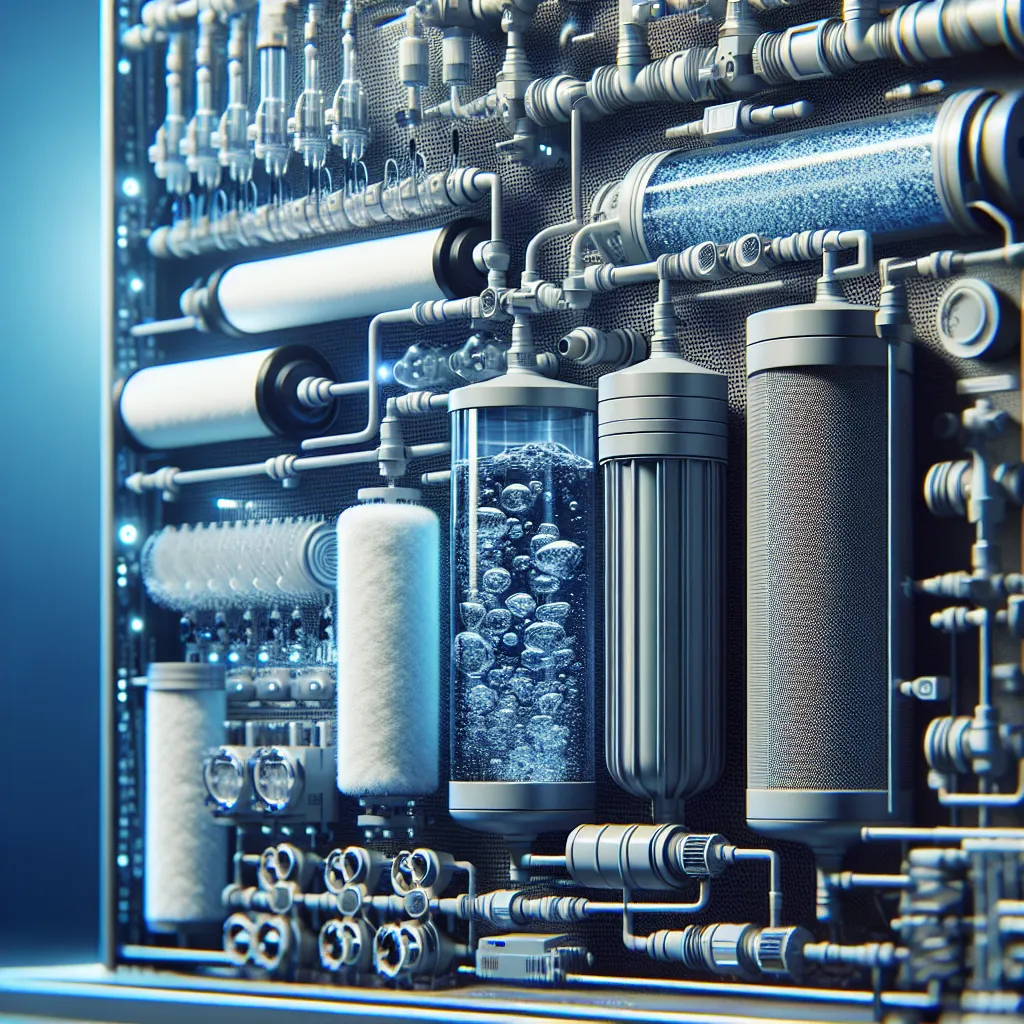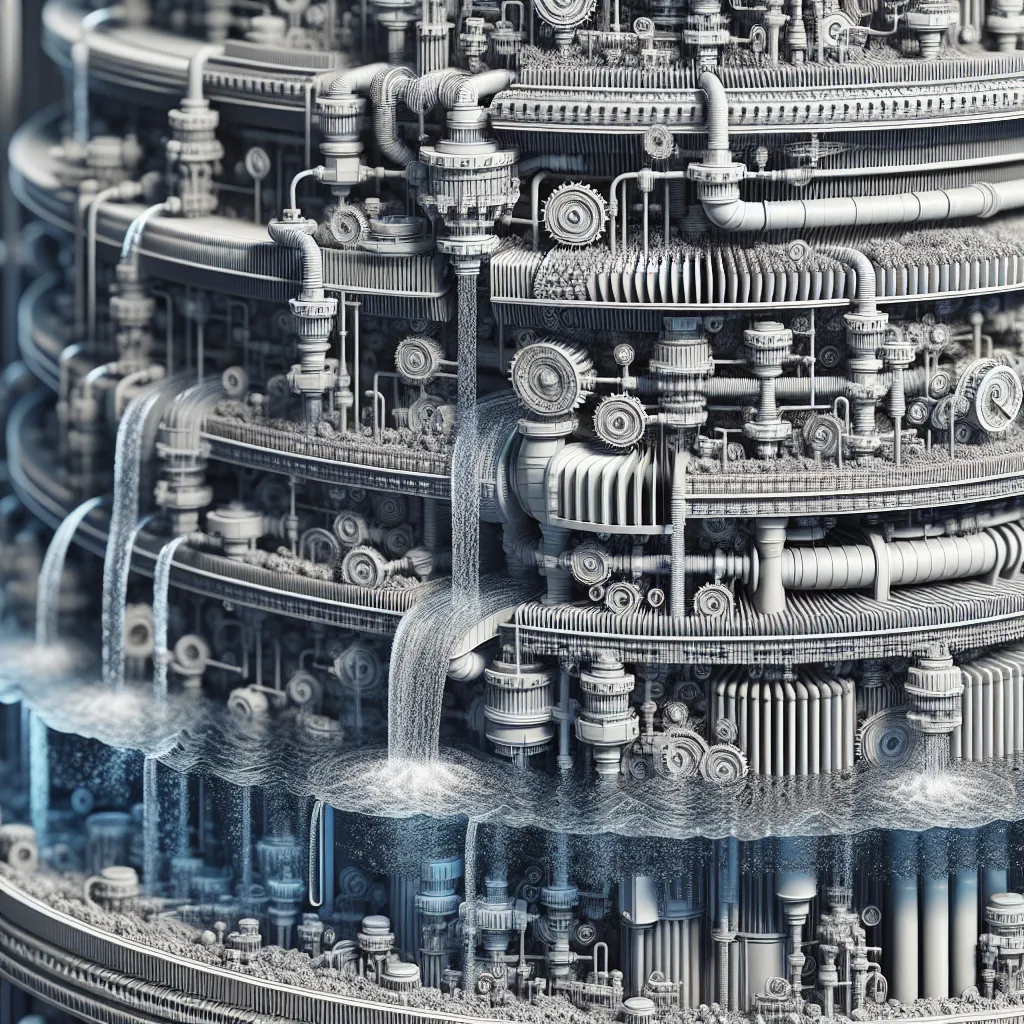The article discusses the critical impact of air quality on health and well-being in indoor environments. It highlights the various factors that contribute to poor air quality and the subsequent health issues such as respiratory problems, allergies, and cognitive function decline. The benefit of air purification systems, including HEPA filters and UV-C light technology, in improving indoor air quality and reducing health risks is emphasized. Furthermore, the role of air purifiers in eliminating indoor air pollutants, including dust, allergens, and VOCs, is discussed, along with their ability to reduce the spread of airborne illnesses. The article also addresses strategies for improving indoor air quality, emphasizing the significance of air purification systems. Overall, it presents compelling reasons for readers to prioritize indoor air quality and consider investing in air purification systems to create a healthier indoor environment.
The Science of Water Purification
The article highlights the paramount importance of clean water for human health, emphasizing its role in preventing waterborne diseases and promoting overall well-being. It provides an in-depth understanding of water contamination, detailing its sources and associated risks, including industrial discharge, agricultural runoff, and natural geological formations. The piece further discusses innovations in water purification technologies, such as membrane filtration systems and nanotechnology, underlining their instrumental role in advancing the process of ensuring safe and clean drinking water for all. The comprehensive coverage of these topics encourages readers to delve into the intricacies of water purification, making a compelling case for the significance of this critical issue.
The Science of Water Purification: Methods and Techniques
The article delves into the intricate process of water purification, shedding light on the pivotal role that filtration plays in eliminating impurities and contaminants from water. It discusses various filtration techniques including mechanical, biological, and chemical filtration, highlighting their efficacy in removing a broad spectrum of impurities, thus ensuring the safety and quality of drinking water. Additionally, the article emphasizes the advancements in filtration technology, such as membrane filtration and activated carbon filtration, as means of targeting specific contaminants and improving overall water quality. The subsequent section elucidates the critical role of chemical treatment methods, including chlorination, coagulation, flocculation, and disinfection with ozone or ultraviolet light, in eliminating harmful microorganisms and organic compounds from water. Lastly, the article underscores the significance of advanced purification techniques like nanofiltration, reverse osmosis, and UV disinfection in addressing the evolving challenges of water contamination, ultimately striving to provide safe drinking water for all.


